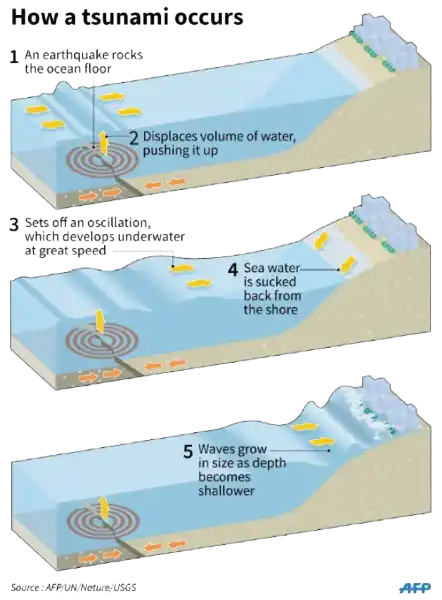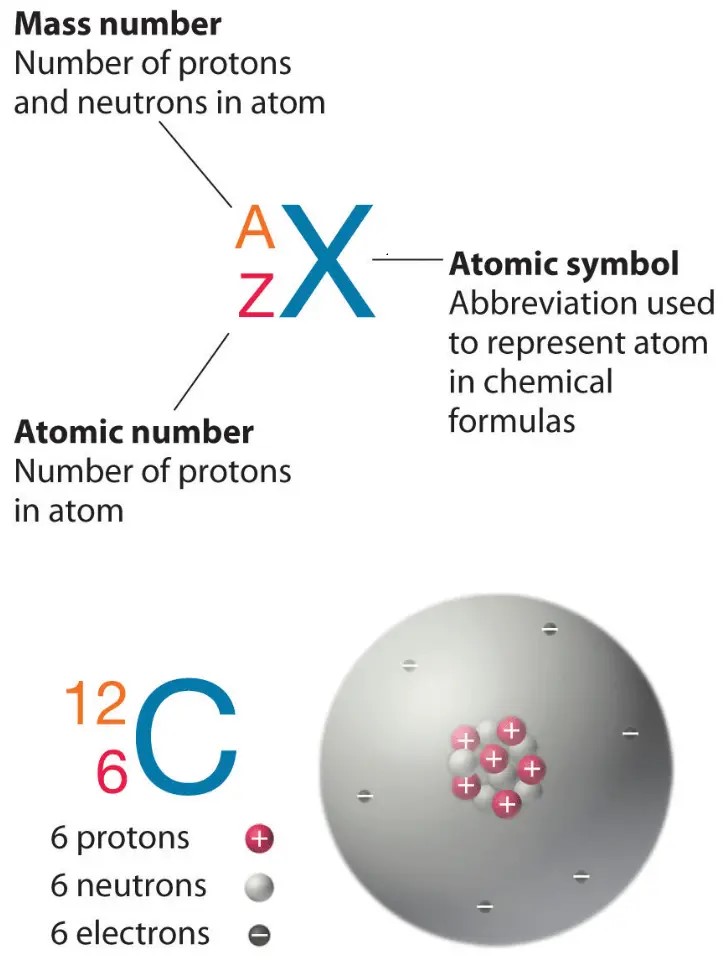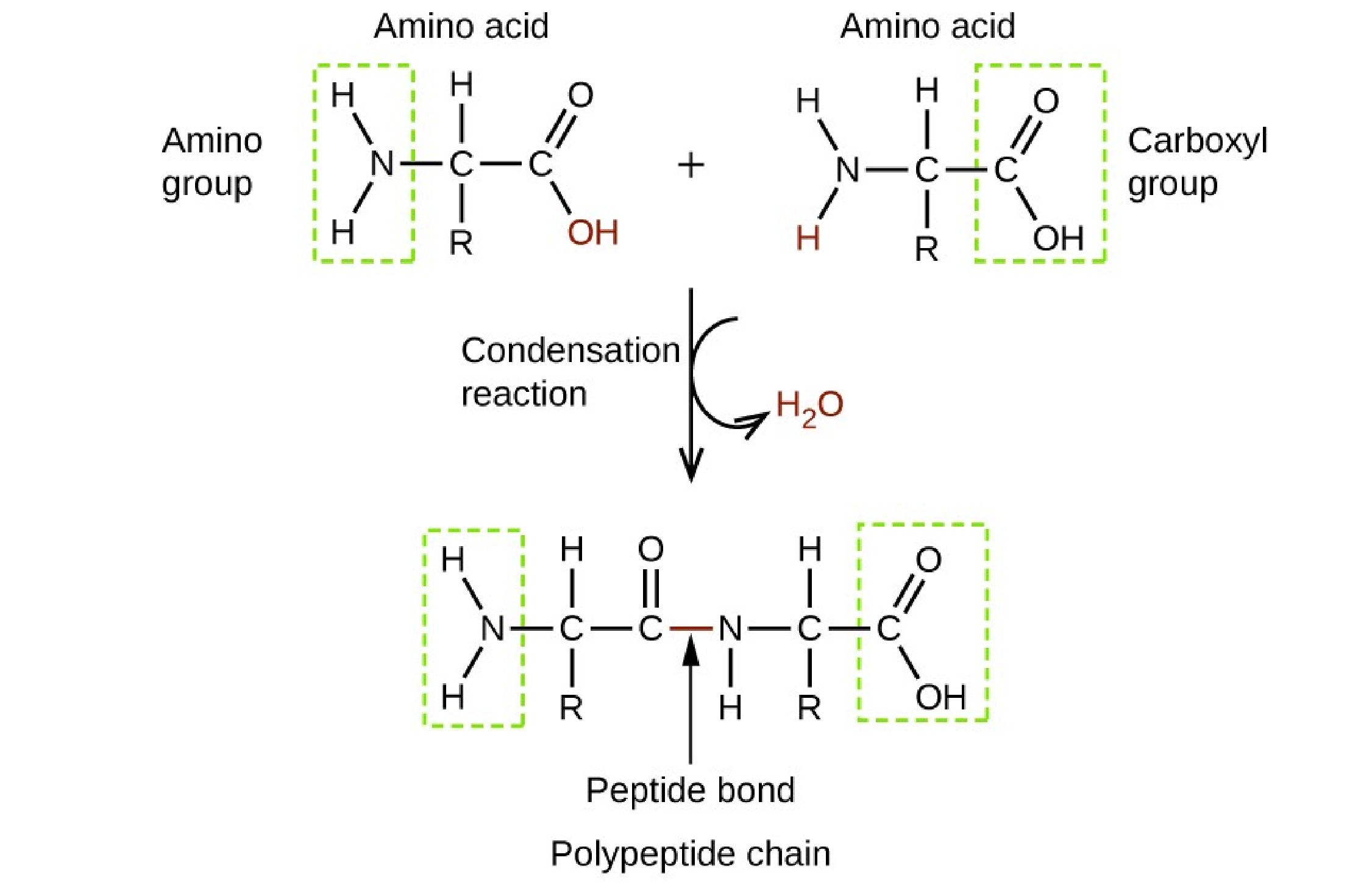Which of the following can lead to a tsunami?
A. Sunspot activity
B. Lightning strikes.
C. Earthquakes
D. Flooding.
A tsunami is a catastrophic ocean wave that is usually caused by a submarine earthquake.
It can also be caused by an underwater or coastal landslide, the eruption of a volcano, or the impact of a meteor or comet in a body of water.

Choice A is not correct because sunspot activity does not cause tsunamis.
Choice B is not correct because lightning strikes do not cause tsunamis.
Choice D is not correct because flooding does not cause tsunamis.
Therefore, the Correct Answer is C.




